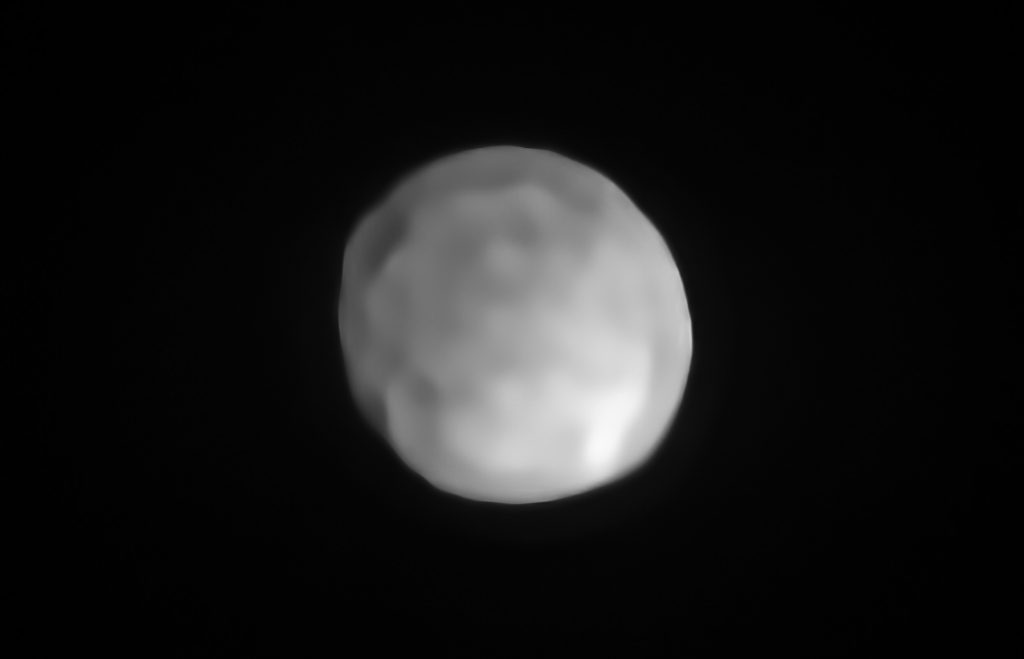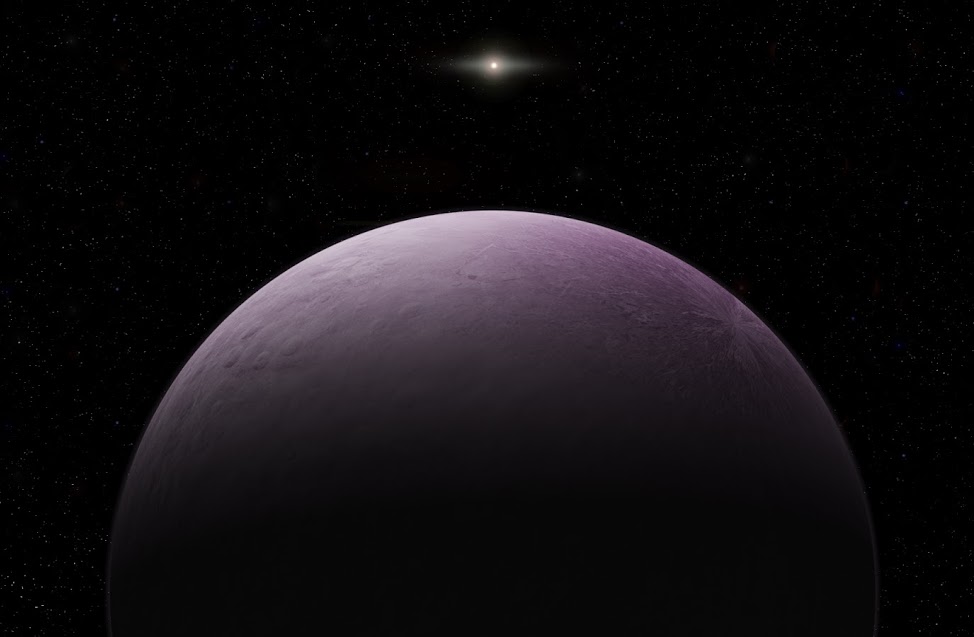Far far out is farther out than far out
It is like it is. Astronomers have now confirmed it: Dwarf planet candidate "Farfarout" really is farther away than its buddy "Farout". Farfarout was first spotted in January 2018 by the Subaru telescope on Maunakea in Hawai'i. Its discoverers could tell it was very far away, but they weren't sure exactly how far. They needed more observations. "At that point, we didn't know the orbit of the object because we only had the Subaru discovery observations over 24 hours, but it takes years of observations to get the orbit of an object around the Sun," explained co-discoverer Scott Sheppard of…


